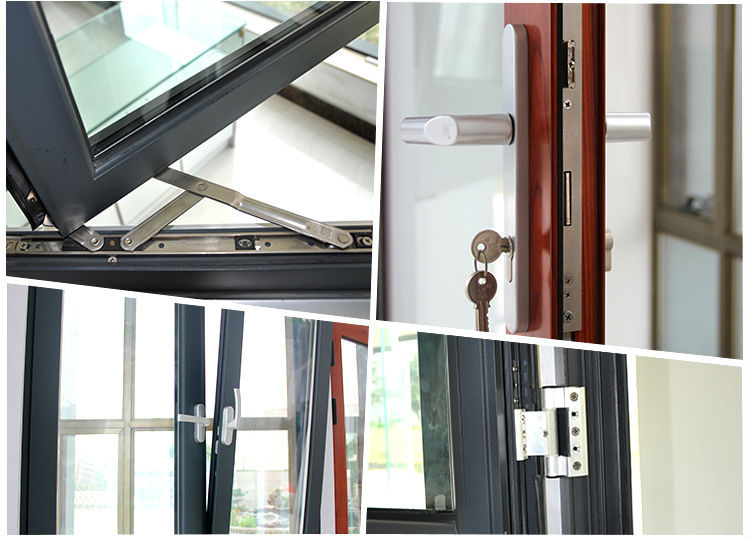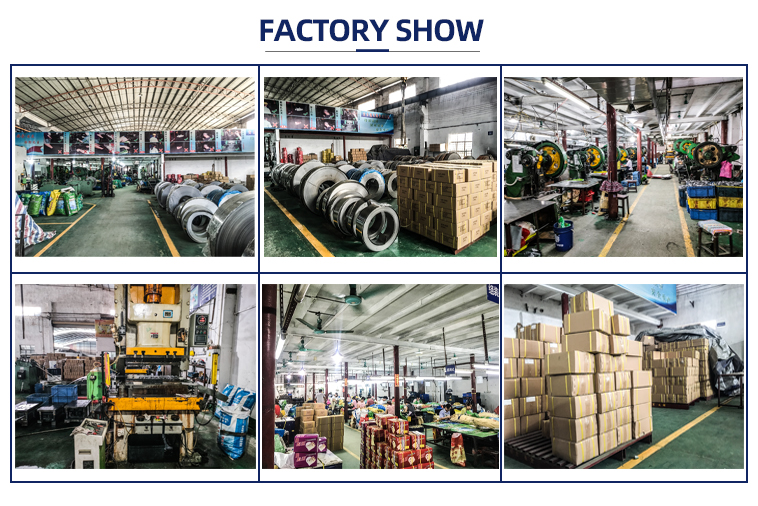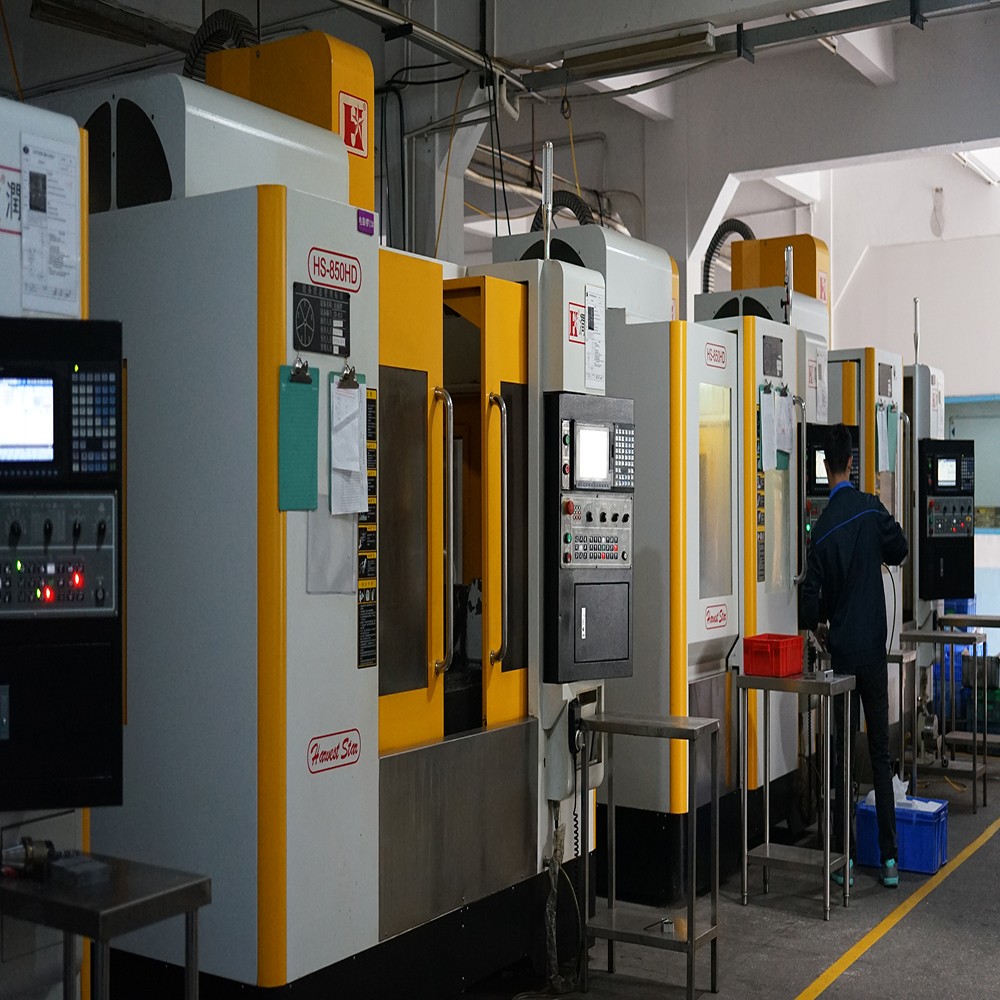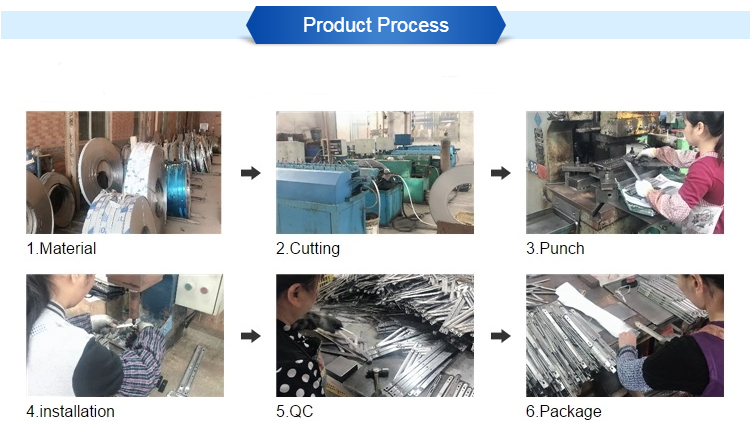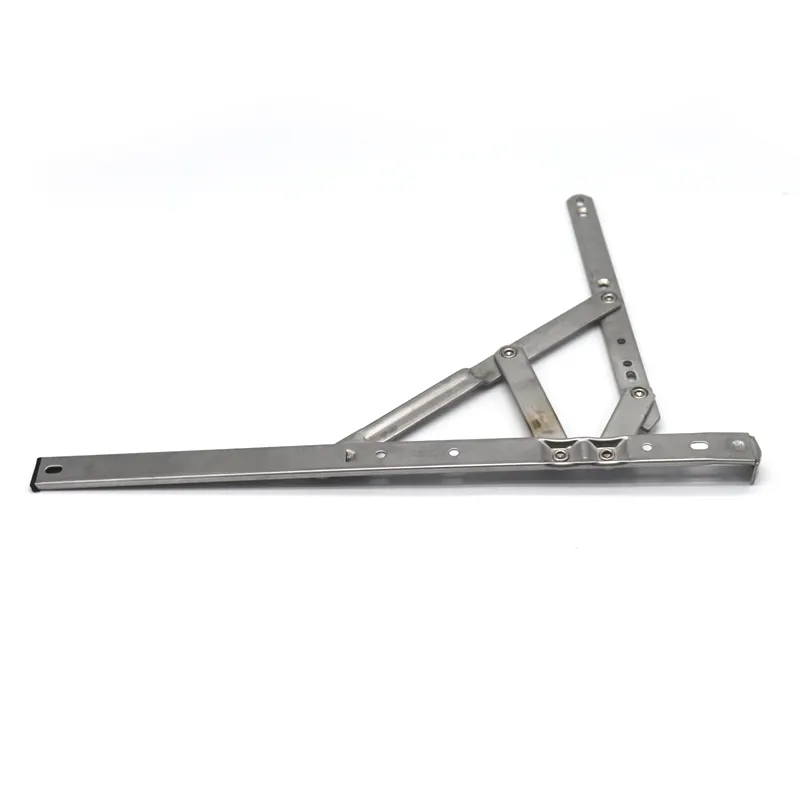The Role of Window Hinges in Architecture and Design
Introduction
Window hinges, often overlooked components, play a pivotal role in the architecture and design of both residential and commercial spaces. Beyond their functional aspect, window hinges contribute to the aesthetics, energy efficiency, and overall user experience. In this article, we delve into the significance of window hinges in architectural design.
Aesthetic Integration
Window hinges influence the visual appeal of a building’s façade. Architects and designers have a range of hinge options to align with the desired aesthetic, whether it’s a modern, minimalist look or a classic, traditional style. Concealed hinges, for example, maintain clean sightlines and contribute to a sleek, uncluttered appearance, making them ideal for contemporary designs.
Functionality and Ergonomics
Selecting the appropriate type of hinge directly impacts the usability and ergonomics of windows. For instance, pivot hinges are advantageous for large windows that require easy opening and closing with minimal effort. This is especially relevant in spaces where accessibility is a concern, such as healthcare facilities or residential units accommodating elderly individuals.
Energy Efficiency and Ventilation Control
Window hinges also contribute to a building’s energy efficiency and ventilation control. Friction hinges, equipped with adjustable opening angles, allow for precise control over airflow. This feature aids in maintaining indoor comfort levels while minimizing the need for excessive air conditioning or heating. Architects can strategically incorporate such hinges to align with passive ventilation principles and sustainable design strategies.
Innovations in Hinge Technology
Advancements in materials and hinge technology have opened up new avenues for architectural creativity. Self-closing hinges with built-in dampers, for instance, enhance safety by ensuring that windows do not slam shut abruptly. This innovation is particularly relevant for environments where wind pressure variations are common.
Integration with Smart Architecture
As the concept of smart architecture gains traction, window hinges are not left behind. Motorized hinges, equipped with remote control or automated systems, enable seamless integration with building management systems. This integration allows for synchronized control over natural lighting, temperature regulation, and security, enhancing the occupants’ experience and reducing energy consumption.
Maintenance and Durability
Architects and designers must also consider the long-term maintenance of window hinges. Opting for high-quality materials and finishes ensures durability and reduces the frequency of maintenance tasks. This consideration is especially important for buildings that aim for low maintenance requirements and longevity.
Conclusion
In the realm of architectural design, window hinges transcend their utilitarian purpose and emerge as integral components that influence aesthetics, functionality, energy efficiency, and technological integration. Architects and designers must carefully select the appropriate hinges to align with the design vision and functional requirements of the space. As technology continues to evolve, window hinge innovations will undoubtedly shape the future of architectural possibilities.
